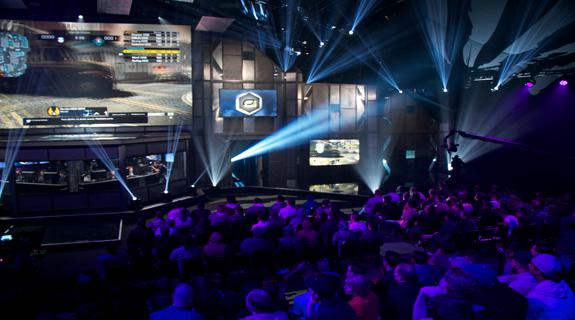“We are going to be bigger than the NHL,” declared Mike Sepso, cofounder of Major League Gaming and Blizzard Activision CEO in 2015 while discussing the rise of eSports. While those in older demographic groups might snicker, the hard-charging numbers along with elements like brand and fan engagement, and most importantly, investment, are hard to argue with.
How engaged is the community? Both Craig Levine of ESL, one of the largest event creators and developers in the space and Pete Vlastelica now CEO of MLG — both are speaking at the Cynopsis World eSports Summit April 12 in New York — mention sellout crowds watching gaming events in places ranging from Korea and Croatia to New York and Seattle, with fans showing up armed with dollars to buy merchandise just like they would for a hometown sports team. The difference is really in the demo, and it’s the one that brands and traditional sports leagues crave: the dominant eSports follower is male, 18-34, highly engaged and very passionate about every aspect of the game he or she follows. Think UFC and NASCAR for a new era.
So what is the secret sauce for eSports? It’s not that different from what brands and broadcasters have been doing for the past 50 years on television, albeit with a key twist: Provide great content for a passionate audience, most of the time with events in a live environment, just like the networks have done with MLB or the NFL. The biggest difference? How and where the engagement happens. Unlike traditional broadcasts, the audience does not have to be plugged in — although you will hear from broadcasters such as Turner and ESPN on how that model can still evolve for eSports. Players can engage wherever they are and on whatever device. There is no set format in a streaming environment, and the engagement is global and passionate. (Nathan Lindberg of Twitch will provide all the details on April 12.)
Like the UFC of five years ago or the NHL of 10 years ago or NASCAR, eSports providers boast about the ease of contact fans have with elite players. Send them a text or an email or a tweet and it’s not unlikely that they’ll send a response, and that response is seen by millions, not just a few hundred. That sort of access, they claim, is what is missing from today’s traditional sports. There, despite all the social-media trimmings, athletes are locked behind a wall of handlers, team officials and brands who claim the stars of baseball, football and basketball are accessible. In reality, the chance to email Bryce Harper or Steph Curry and get a response is less than zero.
Engagement metrics for eSports can be staggering:
— More than 32 million live followers for a recent World of Warcraft event;
— a gate of more than 30,000 for a live event in Croatia;
— a billion-dollar investment made by Amazon to buy Twitch; and
— professional sports team owners from the Washington Wizards to the Philadelphia 76ers making plays to break in.
And what about traditional sports as a form of eSports? For years, millions have been spent on creating marketing and selling products such as NBA 2K, FIFA 2016 and Madden, and now even those games are creating live engagement opportunities with teams from Seattle to Madrid. Untraditional is becoming tradition.
Engaged audiences, young demographics, brand activation, young stars and global appeal. eSports is rising fast, and it will be interesting to see how high and how far it will go as a business of the future. Look out not just NHL, but MLS, MLB and anyone else in a traditional business. The sports world is changing, and you will hear about it all on April 12 in New York City at the Cynopsis World eSports Summit.
Tags:



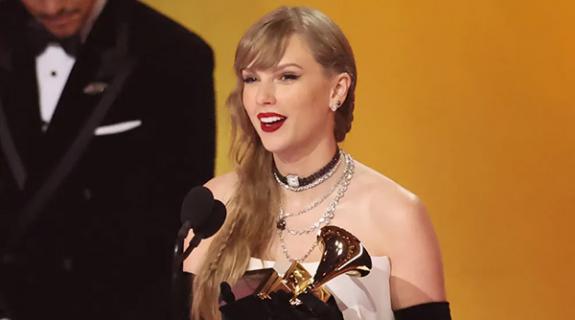


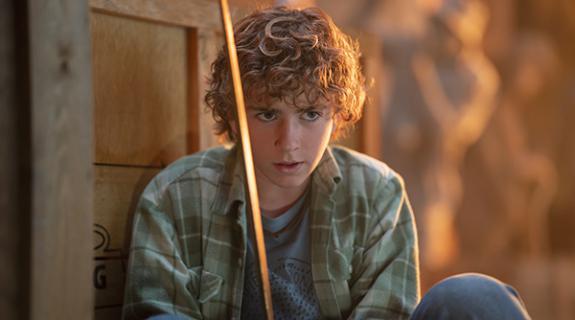





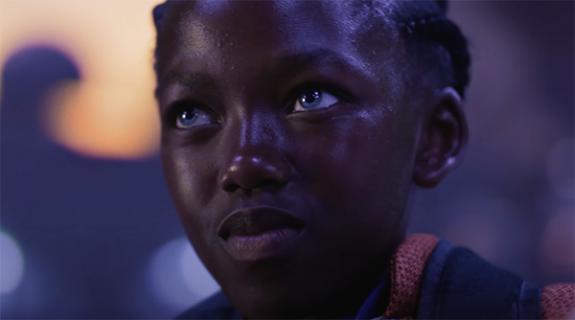
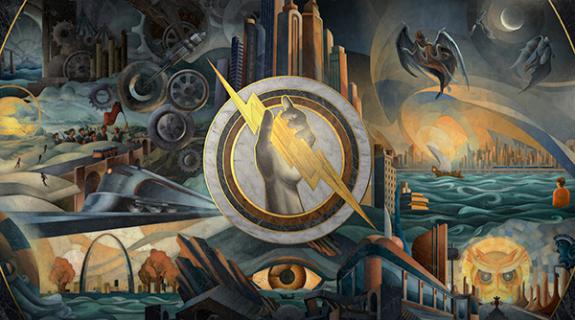










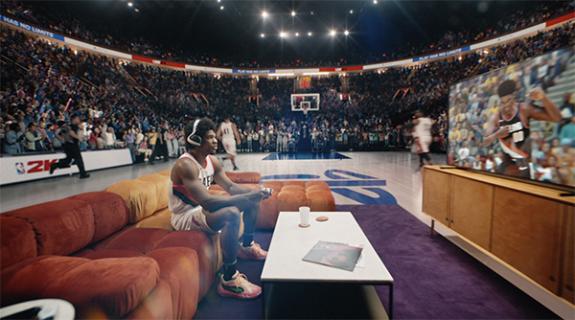








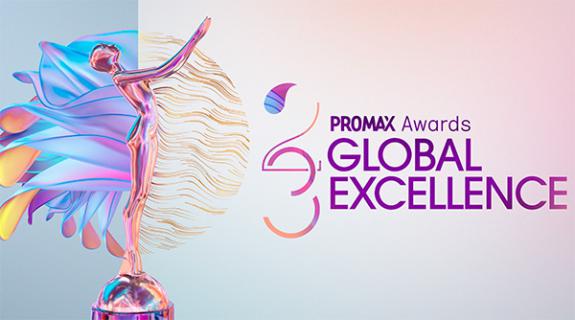






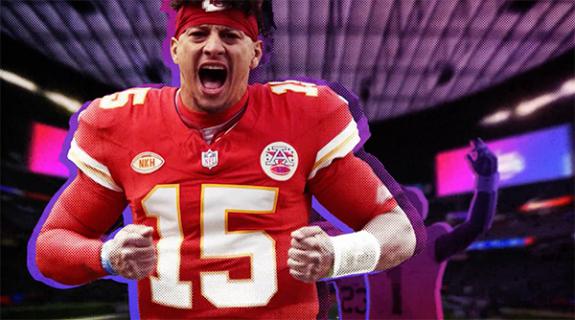
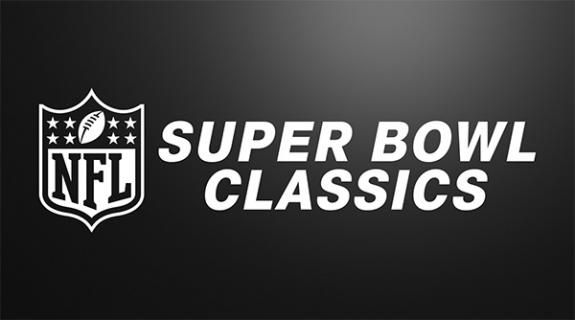
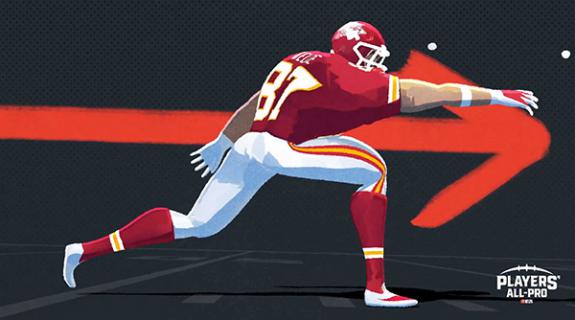
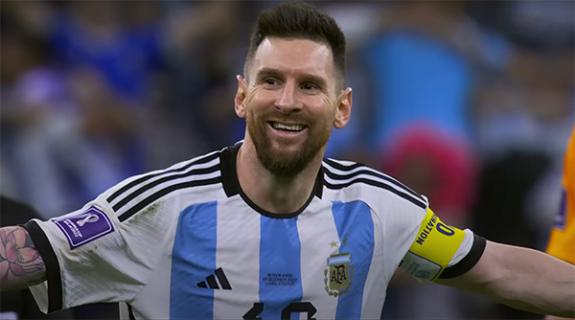

__twocolumncontent.jpg)











